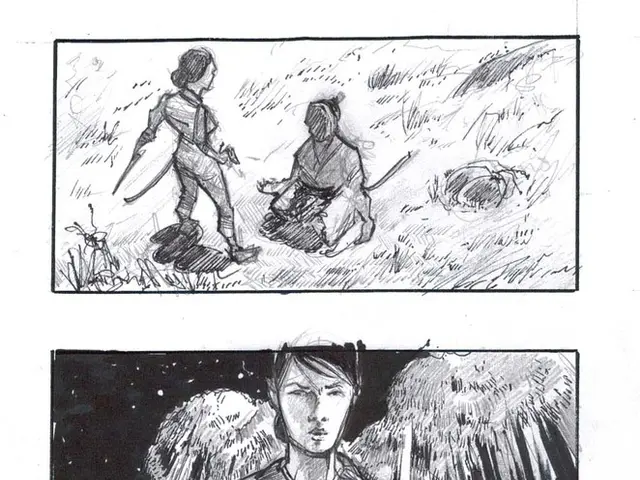Foes Turned Allies: Viruses Showing a Unique Harmony!
In the realm of cancer treatment, microbial infections have played a significant role for over a century. From the early days of crude bacterial injections to the present-day use of sophisticated engineered microbial and viral therapies, this approach has evolved significantly.
The story begins in 1891, when Dr. William Coley performed his groundbreaking treatment on a patient with a tumor. He injected the tumor directly with a streptococcal culture, leading to high fever, near-death, but ultimately resulting in the complete disappearance of the tumor. This landmark event marked the beginning of cancer immunotherapy, an approach that harnesses the power of the immune system to fight cancer.
Fast forward to the present day, and a genetically modified herpes simplex virus called talimogene laharparepvec (T-VEC) is being used in a clinical trial. T-VEC triggers the release of a factor called GM-CSF in tumor cells, attracting immune system cells to the tumor area. Its effect is twofold: it directly eliminates tumor cells and helps immune cells finish the job. The success of T-VEC is unparalleled, with 16.3% of patients achieving remission for at least six months, compared to 2.1% in control treatments.
Modern bacterial therapies have also made strides, such as the AUN therapy that combines two naturally occurring bacteria and achieves potent tumor eradication even in immunocompromised environments. This breakthrough is significant as most cancer immunotherapies depend on a functioning immune system, limiting their efficacy in patients whose immunity is suppressed by chemotherapy or radiotherapy.
The use of live pathogens like BCG also has its place in cancer treatment. BCG, a live, weakened strain of the Mycobacterium bovis bacteria, has been best known for its use in the tuberculosis vaccine. The method of injecting BCG into the bladder was first published in 1976 and has been shown to reduce the risk of bladder cancer recurrence by half compared to chemotherapy drugs.
The potential for further development in microbial cancer therapy is substantial. Advancements include engineering microbial consortia to achieve immune-independent tumor eradication, combining synthetic biology and virology to design multi-organism therapies with enhanced safety and efficacy, leveraging tumor microbiome knowledge to develop predictive biomarkers and targeted microbial therapies, and overcoming limitations of current immunotherapies by using microbes that act independently of or synergistically with the immune system.
In summary, microbial infections have served as the foundation for cancer therapies for over 150 years, evolving from crude bacterial infections to sophisticated engineered microbial and viral therapies that are now capable of immune-independent tumor eradication and targeted delivery. The field holds promise for further breakthroughs through synthetic biology and microbiome research.
Science has demonstrated the potential of microbial infections in the treatment of medical-conditions like cancer, with health-and-wellness improvement being a key focus. For instance, talimogene laharparepvec (T-VEC), a genetically modified herpes simplex virus, has shown remarkable success in clinical trials and offers an alternative for cancer patients with compromised immune systems.




